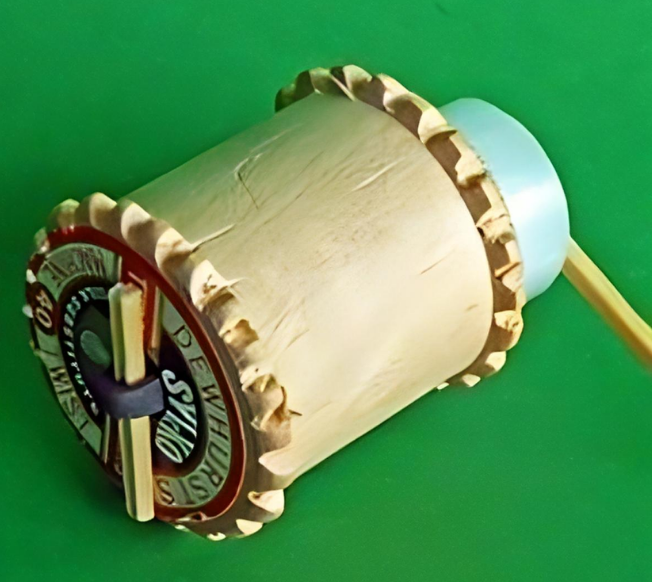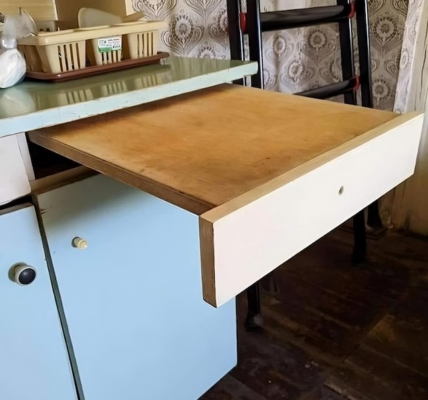In an age before digital distractions and mass-produced gadgets, children found joy in creating their own toys. One such DIY marvel was the cotton-reel tank, a homemade toy that could be crafted from simple household items like a wooden cotton reel, an elastic band, a piece of candle wax, and matchsticks. With a little imagination and ingenuity, children transformed these everyday objects into miniature tanks that would crawl across the floor. Let’s take a journey back to explore the history, design, and enduring charm of this fascinating toy.
The Simple Science Behind Cotton-Reel Tanks
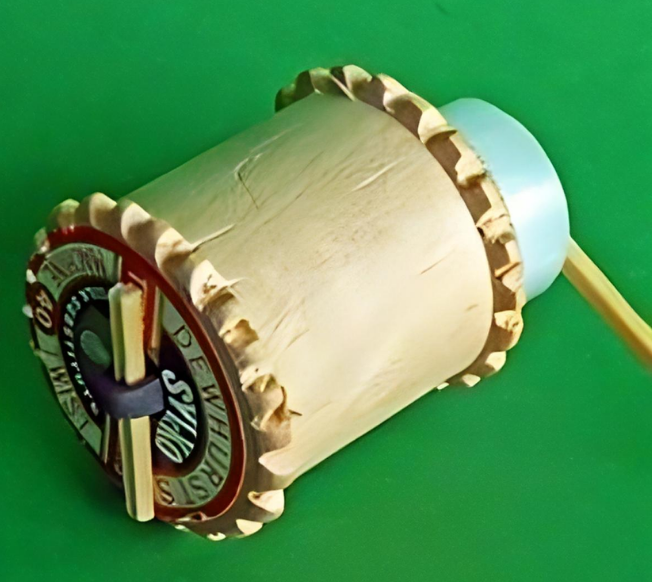
The cotton-reel tank was an exercise in simple engineering. Children would slice a piece of wax from a candle and create a hole in the center where the wick was. Through this hole, they would thread an elastic band, anchoring one end of the band with a wooden matchstick. The elastic band would then be threaded through the hole of the cotton reel and secured at the other end with another half-matchstick. When the longer matchstick was wound up, the tension created by the elastic band would cause the cotton-reel tank to move forward as the band unwound.
This self-propelling toy provided hours of entertainment. It didn’t require batteries or electronics—just a little elbow grease and a touch of creativity.
Design Upgrades: Enhancing the Performance of Cotton-Reel Tanks
Like any invention, the cotton-reel tank evolved as children sought ways to improve its performance. One popular modification involved notching the rims of the cotton reel, which provided the tank with better traction. This helped prevent skidding and allowed the tank to crawl over small obstacles more easily.
Another common issue was that the half-matchstick holding the elastic band in place would sometimes slip, reducing the tension and causing the tank to stop prematurely. To combat this, children would secure the matchstick with a tiny nail or glue to hold it in place. Some even replaced the matchstick with a slightly longer stick to give the tank more stability.
For the finishing touch, many children would paint their tanks, adding a layer of personalization to these homemade toys. Whether it was a camouflage design to mimic real tanks or vibrant colors to make the toy stand out, the decoration added a sense of pride and accomplishment.
The Origins of Cotton-Reel Tanks: A Post-War Pastime
So, when did the cotton-reel tank first emerge? While no specific date can be pinpointed, the toy became popular during and after the Second World War. It’s likely that children were inspired by the real tanks used on the battlefield and sought to recreate them in miniature form. With materials like wooden cotton reels and elastic bands being readily available in most homes, cotton-reel tanks became a staple of wartime and post-war childhoods.
These toys may have been referred to as “tractors” in some circles, but “tanks” became the more popular name. The simplicity of the toy meant it could be endlessly adapted to different games. Whether children staged races, navigated obstacle courses, or even simulated battles, cotton-reel tanks offered endless possibilities limited only by imagination.
The Decline of the Cotton-Reel Tank: Changing Times and Technology
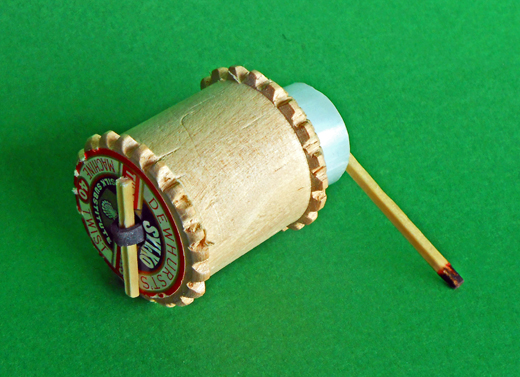
By the 1960s, however, the popularity of cotton-reel tanks began to wane. Television and more sophisticated toys became the norm, leaving homemade creations like the cotton-reel tank behind. As technology progressed, children gravitated toward shiny new gadgets, and the allure of crafting toys from household objects faded.
Another factor contributing to the decline was the evolution of the cotton reel itself. Traditionally, cotton reels were made of wood, which gave the tanks a sturdy and reliable structure. But as plastics became cheaper and more prevalent, cotton reels transitioned to plastic. The plastic reels were less suited for making tanks, as they lacked the strength and grip of their wooden predecessors.
The shift from wooden to plastic reels not only changed the dynamic of the cotton-reel tank but also marked the end of an era for DIY toys in general. The plastic reels, while imitating the shape of their wooden counterparts, did not offer the same charm or functionality.
A Glimpse into the Past: Stott Park Bobbin Mill and the History of Cotton Reels
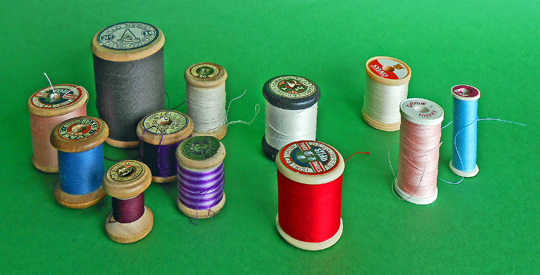
To truly understand the role of cotton reels in homes, we can look to the Stott Park Bobbin Mill in Cumbria, England. This historic mill was built in 1835 and initially supplied large wooden bobbins for the textile industry. Over time, it also began producing domestic cotton reels and wooden spools for various other materials, including wire.
The Stott Park Bobbin Mill is now a preserved heritage site, offering visitors a glimpse into the industrial past and the process of bobbin making. The mill continued operating until 1971, and today it stands as a reminder of the craftsmanship and hard work that went into producing the everyday objects that, in turn, sparked the imaginations of generations of children.
Why the Cotton-Reel Tank Endures: A Lesson in Creativity
Despite the rise of modern toys, the cotton-reel tank remains a nostalgic symbol of a bygone era. It was a product of necessity and creativity—born out of a time when families couldn’t afford to buy expensive toys, and children were encouraged to use what they had to entertain themselves. The simplicity of the toy combined with the joy of building something from scratch resonated with children for decades.
At its heart, the cotton-reel tank represents more than just a toy. It’s a testament to the ingenuity and resourcefulness of children in the pre-digital age. It teaches a valuable lesson: that entertainment doesn’t have to come from a store or a screen. With a bit of creativity, you can build something fun and memorable from the simplest of materials.
Conclusion: The Lasting Charm of a Handmade Classic
The cotton-reel tank may no longer be a common sight in modern households, but its legacy lives on in the hearts of those who remember making and playing with them. It’s a reminder of a time when toys were more than just objects; they were projects that engaged the mind and brought out the best in childhood imagination.
As technology continues to shape the world of play, perhaps the cotton-reel tank can inspire future generations to embrace the joy of hands-on creativity. After all, there’s something uniquely satisfying about watching a toy you built with your own hands come to life, inching forward under its own power—just like the cotton-reel tanks of old.
